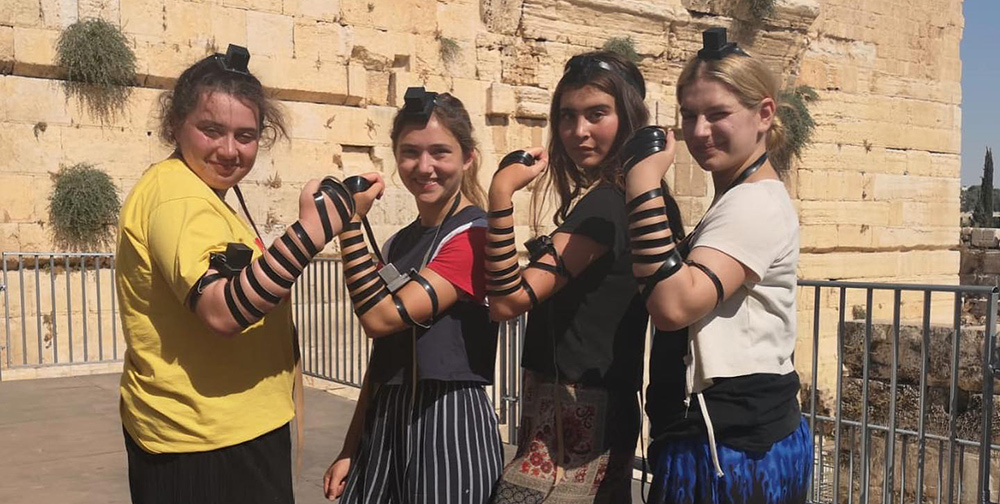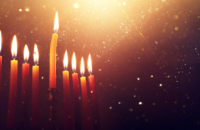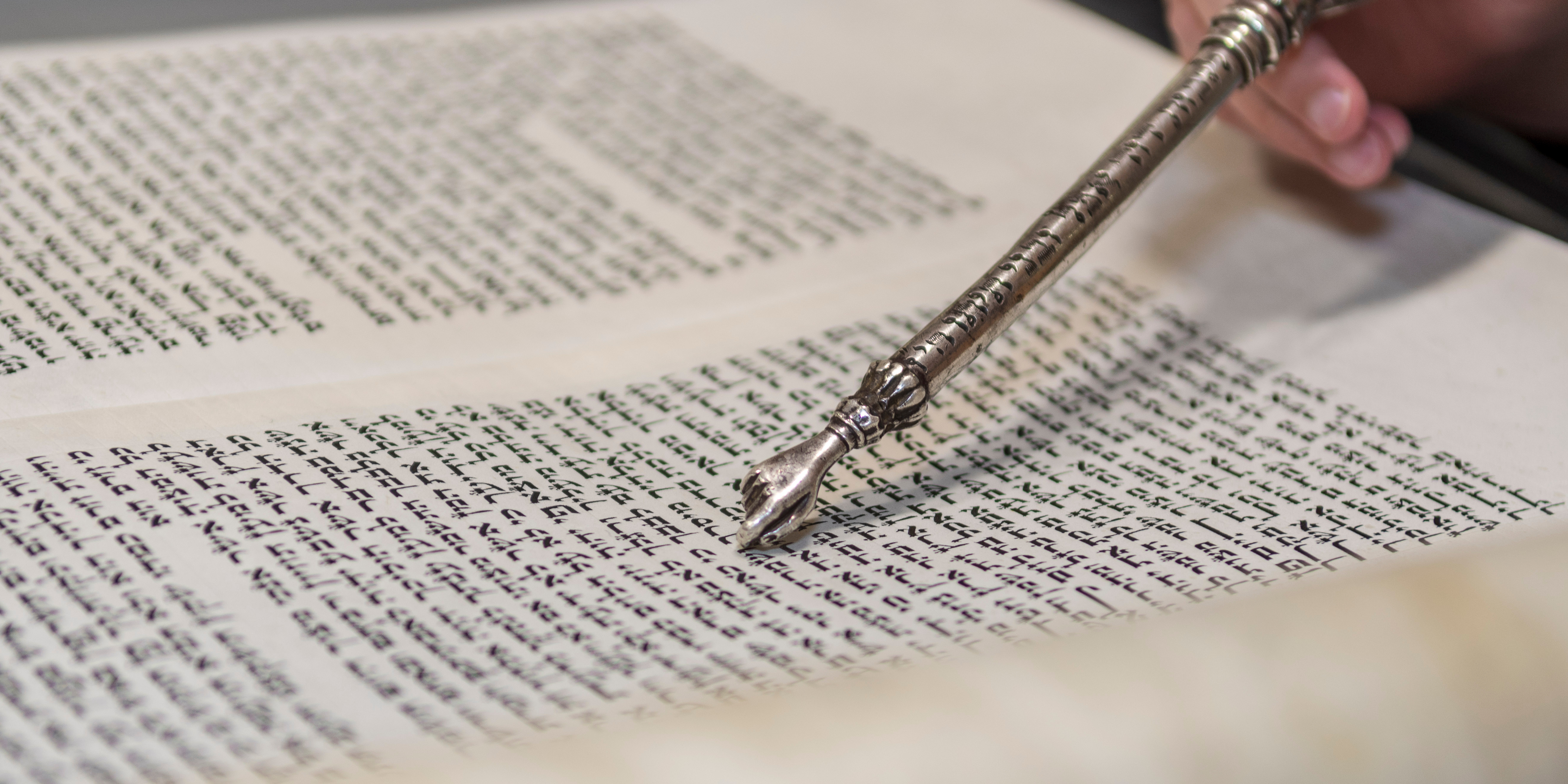Beyond the Object – Mezuzah

“And you shall write them upon the doorposts of your house and upon your gates”.
Have you ever wondered what non-Jews think about the mezuzot on our doors? I have heard some inferring that they must be some kind of alarm system. They are wrong, of course, but there are some similarities: both devices are supposed to be aware of important movements in our houses.
The most important part of a mezuzah is what’s inside, well rolled, far from our view. There you will find a tiny scroll of parchment inscribed with two biblical paragraphs from the book of Devarim, beginning with our classical declaration of faith in one God: the Shema.
The location of the mezuzah is not arbitrary and it’s absolutely related with the festival of Passover, (Pesach), which we are currently celebrating.
In order to understand, we must go back more than three thousand years to Egypt, under the rule of a tyrannical Pharaoh, whose dynasty had enslaved the people of Israel for centuries. The book of Shemot tells us in detail about the first fight for freedom registered in human history, under the leadership of G-d Himself, through his servant Moses. The objective was to liberate a people from being slaves to men, so that they might become servants to God, to change the sufferings and pains of slavery for the freedom of Divine Law and the construction of a just society.
This fight was waged through the famous ten plagues, the last, and the most terrible, being the death of the firstborn. To prepare for this fateful night, the Israelites had to mark with lamb’s blood the two sides and top of their door-frames so the plague would “pass over” (Pesach in Hebrew) their houses.
Why specifically their doors? Rabbi Marcelo Polakoff teaches that the door is the precise boundary between the private domain and public life, connecting intimacy and privacy with community. All mezuzot remind us of that foundational moment, one of supreme fear, in closeness to death, when the door was firmly closed.
Since the first anniversary of this night, however, during the journey in the desert, right up to the present day, without interruption, through thousands of years and all over the world, at Passover, during our family dinners when we re-enact the Exodus, the doors of our homes must, paradoxically, be open.
Right at the beginning of the Seder, when we open the door, we say an ancient paragraph in Aramaic that says: “This is the bread of affliction that was eaten by our forefathers. Whoever is hungry may come and eat. Whoever is in need may come and celebrate with us”.
We can’t celebrate fully behind closed doors. We can’t celebrate Passover without sharing food with those who lack it and including those who are alone. On the night of the Exodus the door was closed because of fear and death. Since then, it must be open in solidarity and celebration.
Towards the end of the Seder (if you are strong enough to make it that far…), the door is opened again, this time to admit into our homes a special guest, Elijah the Prophet, responsible for announcing the final redemption: the arrival of messianic times, the era when all men and women will be able to live together without oppression in absolute liberty and freedom.
Ancient gates and portals, and the doors to our homes, normally unnoticed and ordinary, at Pesach acquire a special character and meaning, inviting us to open the gates to our fellow human beings, to look at them and through them, to see God, our liberator, as well.
Rabbi Mijael Even-David is Rabbi of Edgware Masorti Synagogue. This article, adapted from his Pesach Message, appeared in Or Hadash, the EMS Community magazine.



